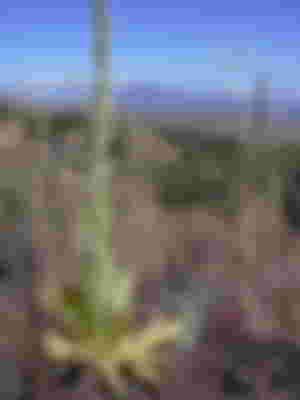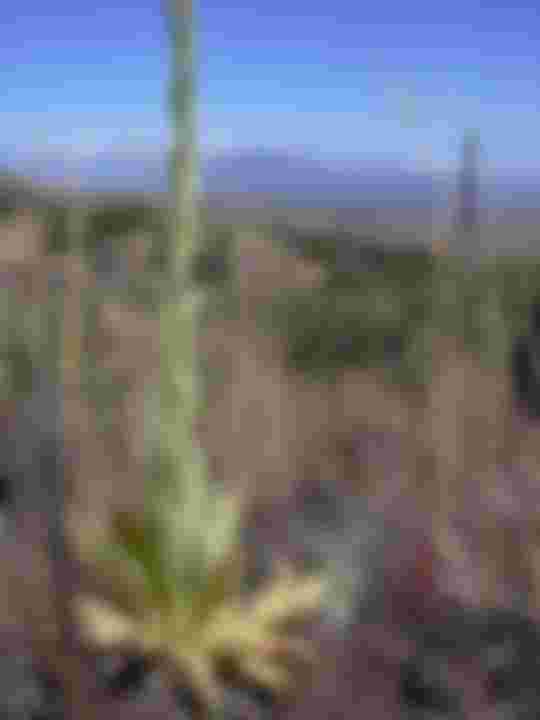Pioneer plants
One example of a pioneer plant is Verbascum thapsus, great mullein or common mullein.

Often pioneer plants are seen as weeds by people. Prone to disrupt the farmer, the yields and its harvest. The gardener employs various methods to take them out.
But actually they are pioneer plants. When the soil is damaged, ex. by tilling, the ecosystem has to renew itself. To recover from the damage these and other plants start appearing. They are faster and endure usually harsher conditions than the ones that come afterwards.
The great mullein germinates almost solely in bare soil, at relatively high temperatures, between 10 and 40 °C.
In natural conditions, in the wild, the seeds germinate only when exposed to sunlight and it grows best in bare soil, which explains its natural habitat.
The seeds can lie dormant for several decades and each plant can have hundreds of thousands of seeds.
Pioneer plants can open up the soil, so water can reach deeper and the soil then is able to have more diverse plants.
Picture: Great mullein, By Forest & Kim Starr, CC BY 3.0, https://commons.wikimedia.org/w/index.php?curid=6129092
Permaculture podcast: with Oliver Goshey (at 12m23s)

Is this plant something you can eat? Would be nice if you, while describing these pants, would tell us if they were edible or not and the nutrition or benefits you can reap from them. Just an idea. Cool post.